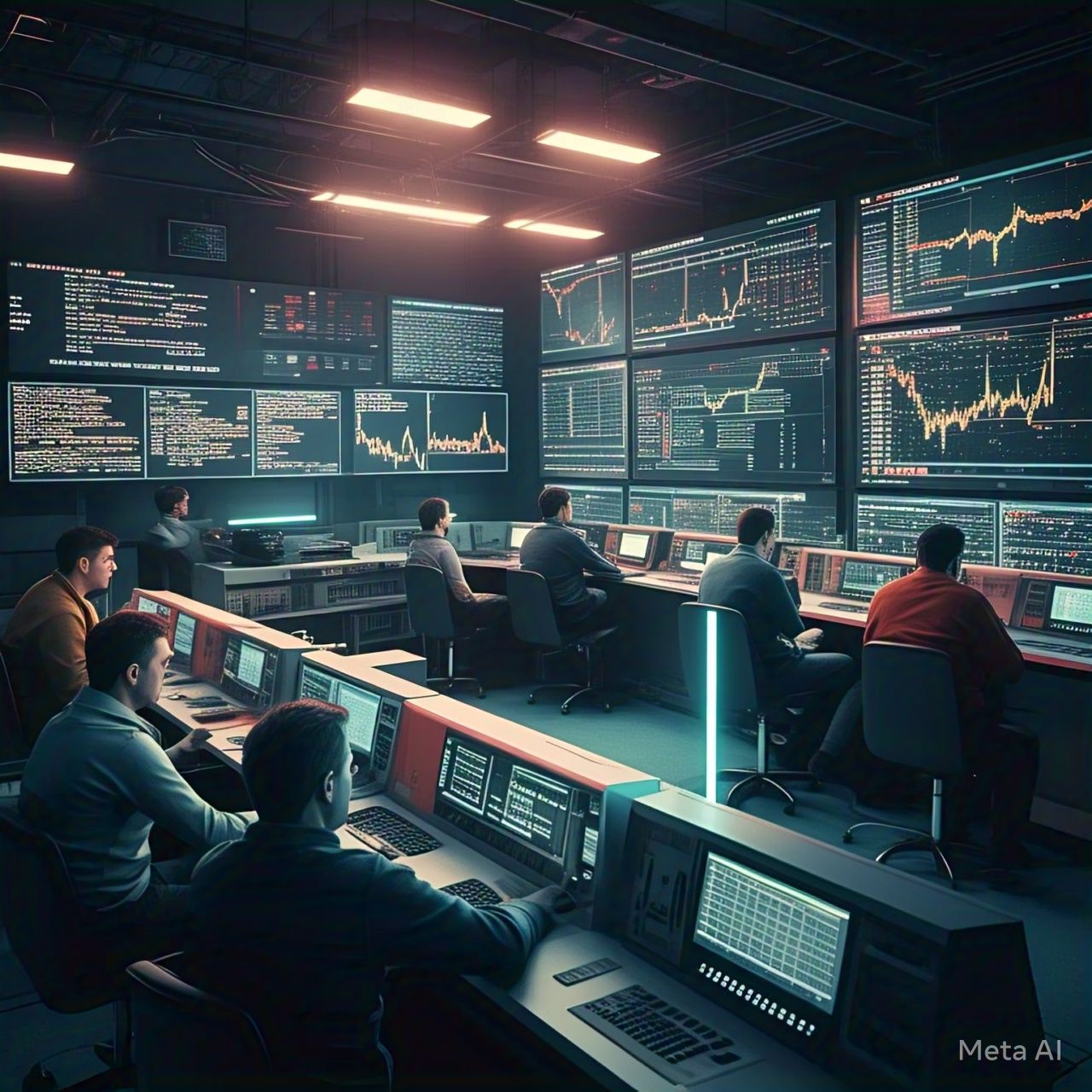Table of Contents
- Introduction
- Understanding Fake News and Misinformation
- How AI Contributes to the Spread of Fake News
- AI-Powered Deepfakes: A New Form of Deception
- The Role of Social Media Algorithms in Misinformation
- Case Studies: AI-Generated Fake News Incidents
- Ethical Concerns and Societal Impact
- How AI Can Combat Fake News
- Government Regulations and AI Governance
- The Future of AI and Misinformation
- Conclusion
- FAQs
1. Introduction
The rise of Artificial Intelligence (AI) has brought significant advancements in content creation, automation, and information dissemination. However, it has also contributed to the spread of fake news and misinformation. From AI-generated articles to deepfake videos, misinformation is becoming more sophisticated and harder to detect. This article explores the role of AI in fake news, its impact on society, and potential solutions to curb its influence.
2. Understanding Fake News and Misinformation
Fake news refers to deliberately false or misleading information spread to deceive people. Misinformation, on the other hand, may not always be intentional but still contributes to the spread of false narratives.
Types of Fake News:
| Type | Description |
|---|---|
| Satire or Parody | Content that is meant to be humorous but can be mistaken as real. |
| Clickbait | Sensationalized headlines designed to attract clicks, often misleading. |
| Propaganda | Information used to influence political or social opinion. |
| Fabricated Content | Completely false stories made to appear credible. |
| Manipulated Media | Images, videos, or audio altered to mislead viewers. |
3. How AI Contributes to the Spread of Fake News
AI plays a crucial role in generating and distributing fake news by:
- Creating Realistic-Looking Fake News Articles: AI models like GPT can generate text that mimics human writing.
- Enhancing Bots for Social Media Manipulation: AI-powered bots spread misinformation quickly.
- Generating Deepfake Videos and Audio: AI tools create fake but highly convincing videos and voice recordings.
Example of AI-Generated Fake News:
- In 2020, an AI-generated article about a politician went viral before being debunked.
- AI-created fake COVID-19 cure stories spread rapidly, causing confusion and fear.
4. AI-Powered Deepfakes: A New Form of Deception
Deepfakes use AI to create realistic but fake images, videos, and audio recordings, making it challenging to distinguish real from fake content.
Risks of Deepfakes:
- Political Manipulation: Fake videos of politicians making controversial statements.
- Financial Scams: AI-generated voices used for fraud.
- Reputation Damage: Fake content harming individuals and businesses.
Example:
In 2019, a deepfake video of a CEO led to a fake financial transaction costing a company millions.
5. The Role of Social Media Algorithms in Misinformation
AI-driven social media algorithms prioritize engagement, often amplifying sensationalized or misleading content.
How AI Algorithms Spread Misinformation:
- Personalized Content Feeds: AI curates news based on user preferences, reinforcing biases.
- Viral Amplification: Controversial fake news spreads faster than factual reports.
- Echo Chambers: AI-driven recommendations create filter bubbles, limiting exposure to diverse perspectives.
6. Case Studies: AI-Generated Fake News Incidents
1. The 2016 U.S. Presidential Election:
AI-generated fake news articles influenced public opinion, contributing to election misinformation.
2. COVID-19 Pandemic:
AI-created fake cures and conspiracy theories spread worldwide, leading to public confusion and distrust.
3. Russian Disinformation Campaigns:
AI-powered bots have been used to spread propaganda and manipulate geopolitical narratives.
7. Ethical Concerns and Societal Impact
The proliferation of AI-driven misinformation raises several ethical concerns:
- Trust Erosion: People lose faith in credible news sources.
- Political Instability: False information influences elections and policies.
- Mental Health Effects: Constant exposure to misleading information increases stress and anxiety.
8. How AI Can Combat Fake News
While AI contributes to fake news, it can also help detect and combat misinformation.
AI-Based Solutions:
| Solution | Description |
| Fact-Checking AI | AI tools like ClaimBuster verify the accuracy of news articles. |
| Deepfake Detection | AI models analyze videos to detect signs of manipulation. |
| Automated Content Moderation | Social media platforms use AI to remove false content. |
| Blockchain for News Verification | AI-powered blockchain records prevent content tampering. |
9. Government Regulations and AI Governance
Governments worldwide are implementing regulations to mitigate AI-driven misinformation.
Notable Regulations:
- EU’s Digital Services Act: Holds platforms accountable for misinformation.
- U.S. Deepfake Detection Laws: Requires labeling of AI-generated content.
- China’s AI Content Guidelines: Bans misleading AI-generated content.
Challenges in Regulation:
- Defining AI-generated content legally.
- Balancing free speech with misinformation control.
- Keeping up with rapidly evolving AI technologies.
10. The Future of AI and Misinformation
The battle between AI-generated misinformation and AI-based fact-checking will continue to evolve. Future developments may include:
- Improved AI transparency: Clearly labeling AI-generated content.
- Stronger cybersecurity measures: Preventing AI-driven manipulation.
- Public education initiatives: Teaching media literacy to recognize fake news.
11. Conclusion
AI has revolutionized how we consume and share information, but it has also intensified the spread of fake news and misinformation. As AI technology advances, society must take proactive steps to regulate its use, promote ethical AI development, and educate individuals on detecting misinformation. With collective efforts, AI can be a tool for truth rather than deception.
12. FAQs
Q1: How does AI create fake news?
AI models like GPT generate realistic text, deepfakes create fake videos, and social media bots spread misinformation at scale.
Q2: Can AI help detect fake news?
Yes, AI-powered fact-checking tools and deepfake detection algorithms help identify misleading content.
Q3: What are deepfakes, and why are they dangerous?
Deepfakes use AI to create realistic fake videos and audio, which can be used for fraud, misinformation, and political manipulation.
Q4: How can individuals protect themselves from AI-driven misinformation?
By verifying sources, using fact-checking tools, and being aware of social media echo chambers.
Q5: What is the role of governments in controlling AI-driven fake news?
Governments regulate misinformation through laws, policies, and technology oversight to hold platforms accountable.
References
- European Commission. (2021). Digital Services Act. Retrieved from EU Digital Strategy
- Misinformation Research Center. (2020). The Role of AI in Fake News. Retrieved from Fake News Studies
- Deepfake Detection Lab. (2022). Combating AI-Generated Misinformation. Retrieved from Deepfake Analysis




